Mr. Sandman – The Chordettes
The Chordettes – Mr. Sandman (Pat Ballard) Vocal Quartet with Orchestra dir. by Archie Bleyer, Cadence 1954 (Vinyl 45 rpm., USA).
“Mr. Sandman” by The Chordettes is a classic 1950s pop song that captures the dreamy innocence and charm of the post-war era. Released in 1954, it quickly became a major hit and remains one of the most iconic songs of its time. The Chordettes, known for their tight harmonies and barbershop-style singing, bring a whimsical quality to the track, with their smooth voices creating an ethereal, almost lullaby-like sound. The song’s title refers to the mythical figure who brings sleep and dreams, and the lyrics play on that idea by asking Mr. Sandman to bring the perfect man—someone handsome, romantic, and kind.
Musically, “Mr. Sandman” is built around a catchy, upbeat melody supported by minimal instrumentation, which lets the vocals shine. The use of close harmony and syncopated rhythm gives the song its distinctively bouncy and light-hearted feel. A notable feature is the spoken word interjection “Yes?” that punctuates the verses, adding a playful conversational element that further enhances the song’s charm. This clever blending of sweetness and humor helped it stand out during its time and made it a staple on jukeboxes across America.
Lyrically, the song captures a youthful longing for ideal love, reflecting the cultural optimism and simplicity of the 1950s. The Chordettes sing from the perspective of someone dreaming of romantic fulfillment, asking Mr. Sandman to “turn on [his] magic beam” and deliver their heart’s desire. This yearning for the perfect partner—described in fairy-tale terms—resonated strongly with audiences in a time when traditional romance and domestic ideals were heavily promoted.
Over the decades, “Mr. Sandman” has endured as a pop culture favorite, appearing in numerous films, commercials, and TV shows. Its nostalgic charm and instantly recognizable melody make it a timeless piece that continues to enchant listeners of all ages. Despite its simplicity, or perhaps because of it, the song manages to convey both a lighthearted tone and a deep sense of wistful hope, securing its place as a beloved classic in the American songbook.



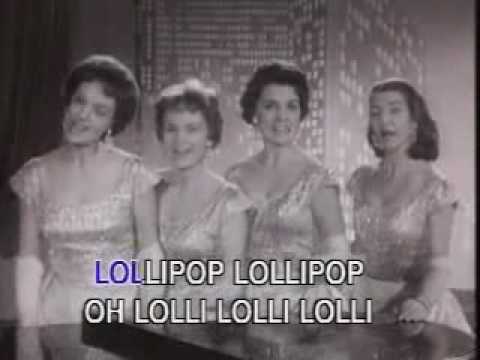
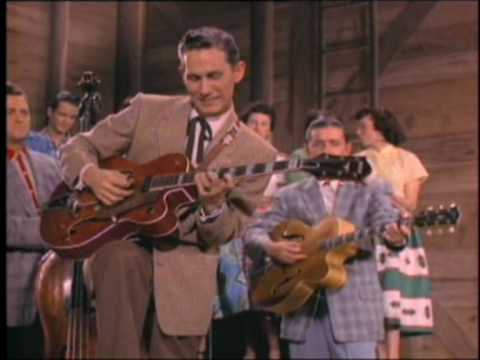
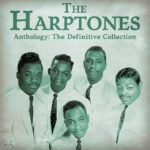
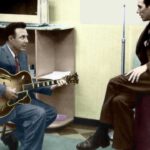
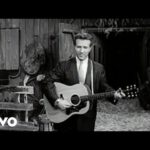
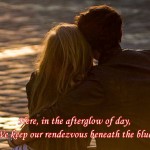
September 23, 2019 @ 10:12 am
Loved this group and this special song! Memories….
October 18, 2017 @ 4:33 pm
Lovely thank you and what delightful.. harmony..singing..very talented.. ladies..I used to remember listening to things like this on the wireless/.radio or on our record player /radiogram..when this was made.. I was only 9 years old..how time flys by too fast/swift .I’m now nearly 72 years old.. so.. lucky and blessed to recall ..remember it well… thanks for the memories too(:..take care out there.. Love and Light. all….x
May 2, 2015 @ 8:45 pm
Now that really back old memories, as is one good tune to jitter bug to my ballroom dancing days. Thank you for this good oldie. May GODs Angels continue to watch over all of you forever, is my prayer.